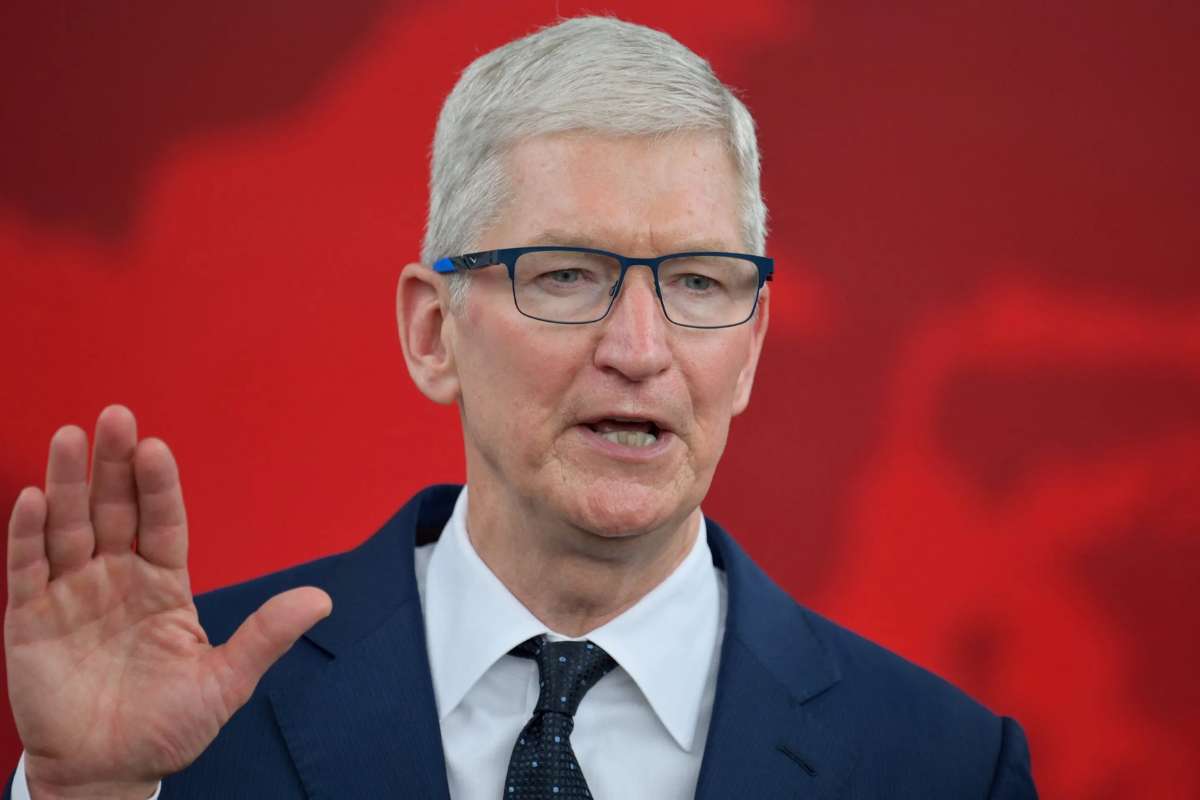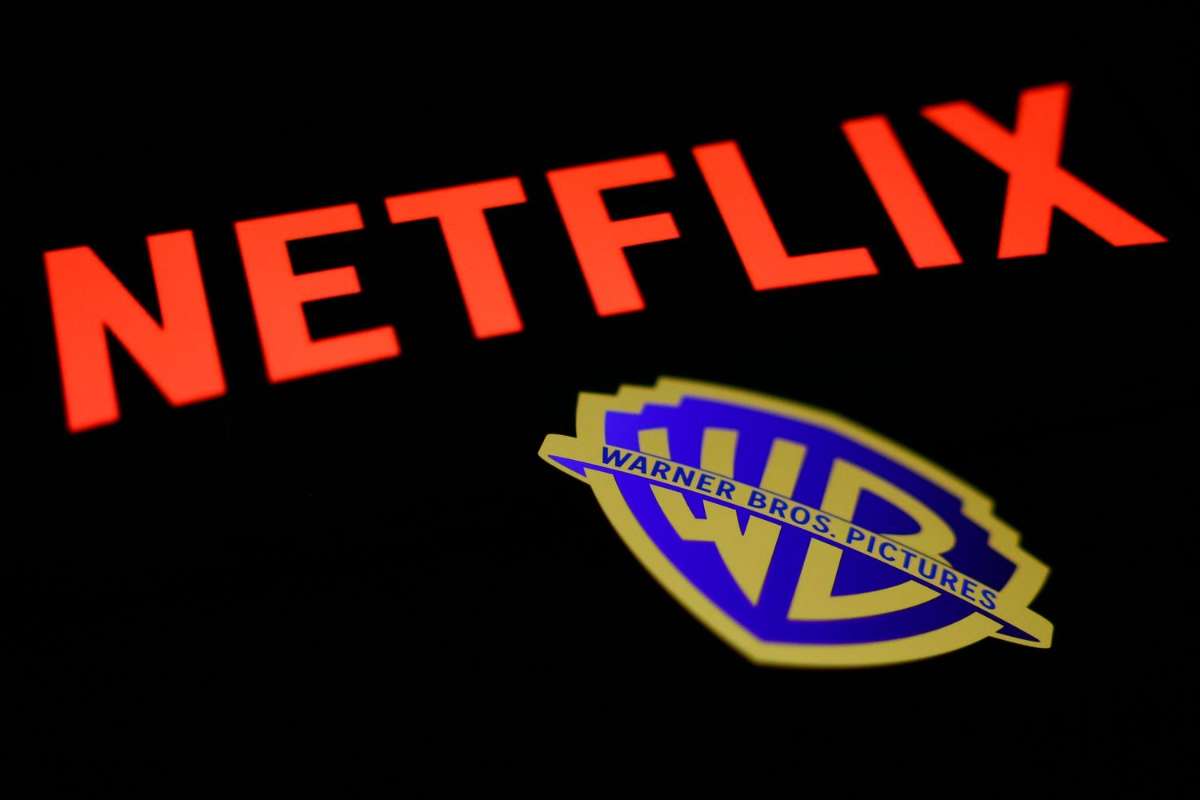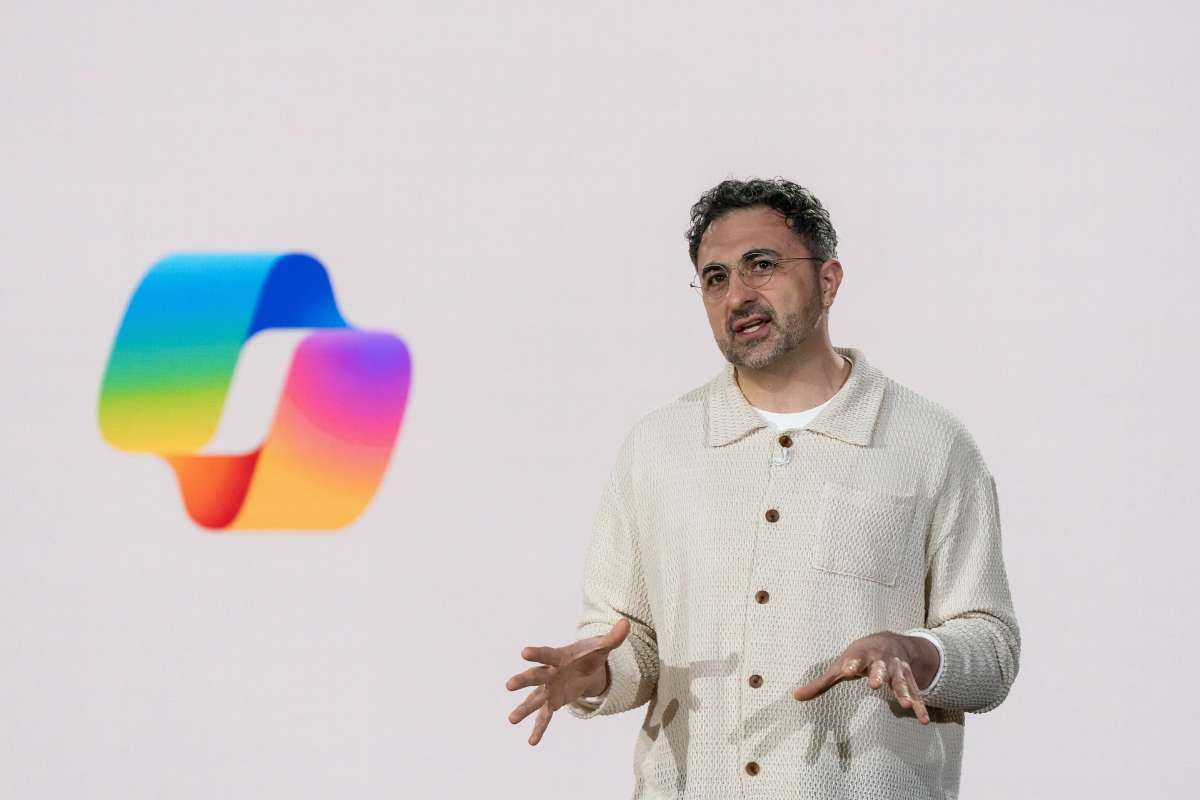Weight loss does not have to feel like solving a puzzle with missing pieces. When you open your phone and scroll through endless meal photos on social media, then switch to your calculator to figure out calories, something feels off. The best weight loss apps change this by putting everything you need in one place. They track your food, count your steps, remind you to drink water, and some even connect you with real coaches who actually care about your progress.
The truth about the best weight loss apps lies in their ability to make healthy choices easier, not harder. Research shows that people who consistently track their meals and activity are more likely to reach their weight goals. Apps like MyFitnessPal, WeightWatchers, Noom, and Cronometer have helped millions lose Weight because they remove the guesswork from portion sizes, make logging meals fast, and provide the accountability that keeps you going when motivation dips.
In this article, you will find the top apps for nutrition and calorie tracking, apps for exercise and movement, and a practical guide on choosing the right app for your specific needs.
What makes weight loss apps effective?
The best weight loss apps share several key features that help people succeed. First, they make food logging quick and accurate through barcode scanners, photo recognition, or massive verified food databases. When you can scan a package and instantly see its nutritional breakdown, you save time and avoid estimation errors.
Second, effective apps provide behavior support beyond just numbers. This might include daily lessons about nutrition psychology, coaching check-ins, or simple nudges that remind you to make better choices without creating decision fatigue—programs like Noom excel at this psychological approach.
Third, community features or accountability systems keep users engaged long-term. Whether through live coaching, forum discussions, or scheduled weigh-ins, successful apps create connections that make the journey feel less isolated.
Finally, sustainable pricing and useful free tiers ensure people can stick with the app long enough to see results. The best weight loss apps offer meaningful functionality without requiring premium subscriptions for basic features.
Top picks for nutrition and calorie tracking
1. WeightWatchers (WW): Best overall for balanced approach
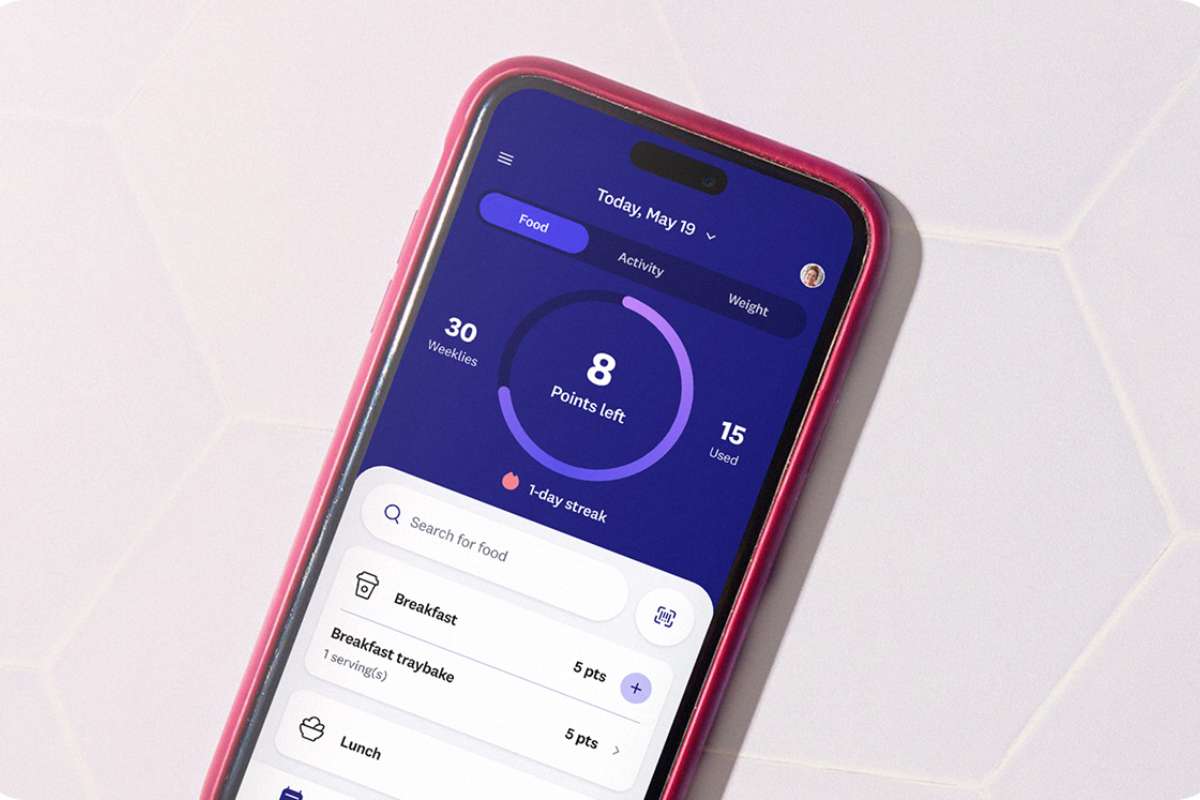
WeightWatchers stands out among the best weight loss apps because it uses a points system instead of traditional calorie counting. Foods are assigned point values based on nutritional content, with healthier options typically having lower points. This approach helps users focus on food quality rather than just quantity.
The app includes a massive recipe library, community support forums, and optional coaching services. WW offers three membership tiers starting at $23 monthly, with higher tiers providing access to workshops and prescription weight management medications. The points system allows flexibility while maintaining structure, making it easier to stick with the long-term.
2. MyFitnessPal: Best free option with a vast database
With over 14 million foods in its database, MyFitnessPal ranks among the best weight loss apps for comprehensive food tracking. The free version includes barcode scanning, basic macro tracking, and integration with most fitness devices and other apps.
Users can log meals quickly, set custom calorie and macro goals, and track their progress over time. The premium version adds more detailed analytics and removes ads, but the free features are robust enough for most people starting their weight loss journey.
3. Noom: Best for behavior change and psychology
Noom differentiates itself from other weight loss apps by focusing on the psychological aspects of eating habits. The app provides daily lessons about nutrition psychology, habit formation, and behavior modification. Users get access to personal coaches and group support communities.
The color-coding system categorizes foods as green (eat freely), yellow (moderate portions), or red (eat sparingly), helping users make better choices without strict restrictions. While more expensive than basic tracking apps at around $70 monthly, Noom provides comprehensive behavior change support.
4. Cronometer: Best for detailed nutrition tracking
For users who want precise nutritional data, Cronometer offers the most comprehensive tracking among weight loss apps. It tracks calories, macros, and micronutrients like vitamins and minerals. The app uses only verified food entries to ensure accuracy.
This makes Cronometer ideal for athletes, people with specific dietary requirements, or anyone who wants to understand their complete nutritional intake. The interface is clean and straightforward, though the depth of information might overwhelm casual users.
5. Lose It!: Best for beginners
Lose It! keeps things simple with straightforward calorie tracking and an intuitive interface. The app generates personalized weight loss plans, including features like photo food logging and barcode scanning. With over 33 million foods in its database, finding and logging meals is typically quick and easy.
The free version covers basic needs, while premium subscriptions add macro tracking and advanced analytics. Lose It! works well for people new to food tracking who want to start with the fundamentals.
6. HealthifyMe: Best for Indian foods and regional cuisines
HealthifyMe specializes in Indian food logging with accurate entries for regional dishes, street foods, and home-cooked meals. The app includes AI-powered nutrition analysis and connects users with Indian nutrition experts who understand local food culture.
For users whose diets include significant amounts of Indian cuisine, HealthifyMe solves the common problem of finding accurate nutritional information for traditional dishes.
Apps focused on exercise and movement
1. Future: Best for personal training and accountability
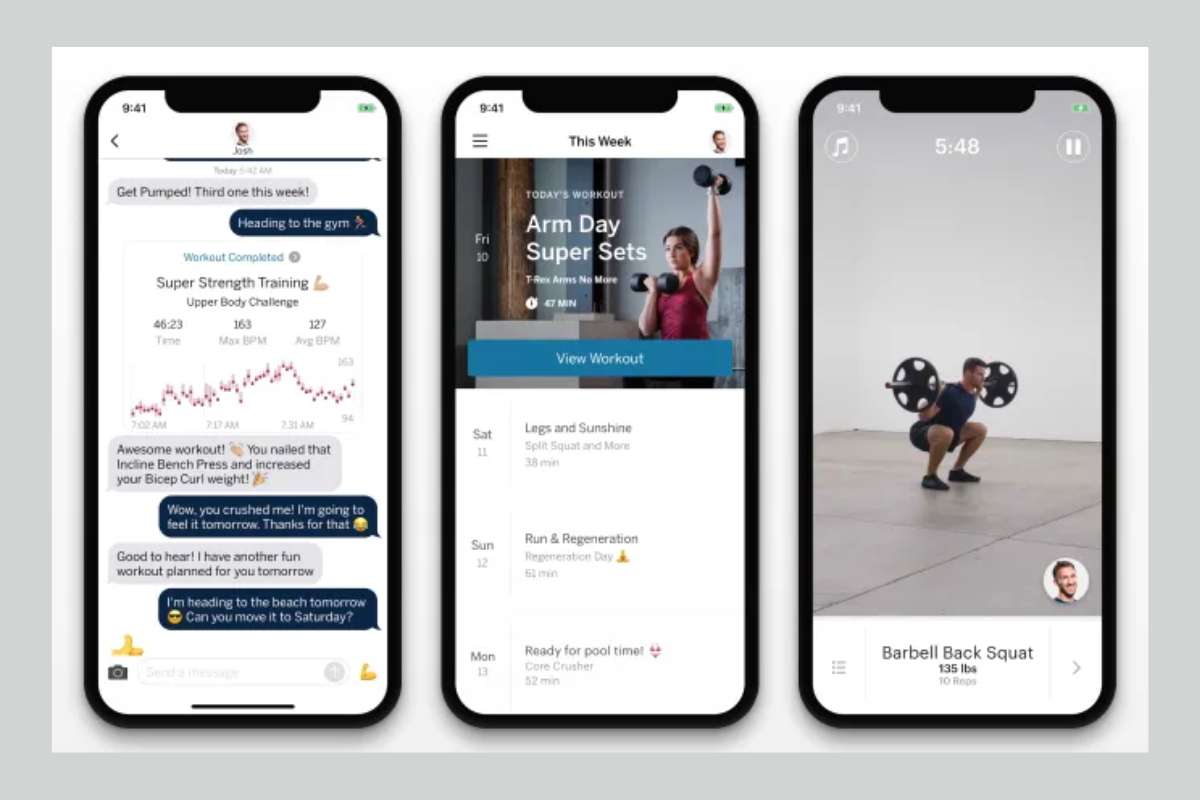
Future pairs users with certified personal trainers who create custom workout plans and provide daily check-ins. At $199 monthly, it represents the premium tier of fitness apps, but users get genuine one-on-one coaching.
Trainers design workouts based on available equipment, schedule constraints, and fitness goals. The app includes video demonstrations for every exercise and allows users to record form videos for trainer feedback. Future delivers results that justify its higher cost for people who respond well to coaching and accountability.
2. Lose Weight in 30 Days: Best for home workouts
This app provides structured home workout routines designed specifically for weight loss. Users get animated exercise demonstrations, progressive difficulty levels, and routines that require no equipment. The app personalizes workouts based on height, Weight, age, and fitness level.
While primarily focused on bodyweight exercises, the app creates a clear progression path for beginners who want to start exercising at home without gym memberships or equipment investments.
Also Read: Free Walking Apps That Turn Steps Into Fitness Goals
3. Google Fit: Best for daily activity tracking
Google Fit is considered one of the best weight loss apps for its focus on increasing daily movement rather than structured workouts. The app tracks steps, active minutes, and heart points while integrating with most Android devices. It sets achievable daily goals and provides simple progress tracking.
For people who prefer increasing general activity over formal exercise routines, Google Fit offers a low-pressure approach to movement. The app works well alongside nutrition-focused weight loss apps.
Specialized apps for specific approaches
1. Zero: Best for intermittent fasting tracking
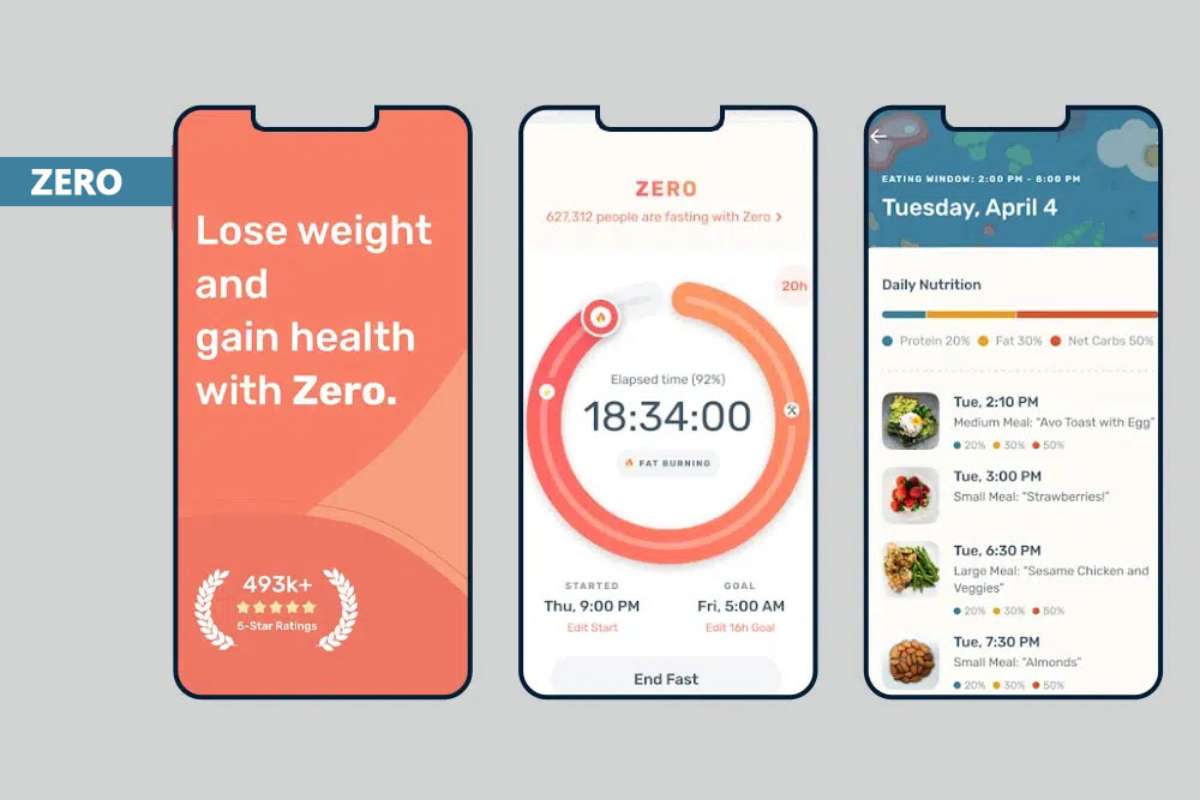
Zero offers customizable fasting timers, educational content on the benefits of fasting, and detailed progress tracking. The app offers fasting protocols like 16:8, 18:6, and OMAD (one meal a day), allowing users to choose the best for their schedule and goals.
Zero helps users stick to fasting windows while learning about the science behind time-restricted eating. The app includes articles and insights about fasting research, making it educational and functional. It works well for people who prefer structured eating windows over detailed calorie counting.
2. Simple: Best for AI-powered fasting support
Simple takes intermittent fasting a step further by adding AI-powered meal analysis that rates food choices to support fasting goals. The app tracks fasting windows and provides feedback on what you eat during eating periods.
This makes Simple ideal for users who want both fasting structure and nutritional guidance. The AI feature helps optimize food choices to maximize fasting benefits, combining time-restricted eating with smarter meal decisions for better results.
How to choose the right weight loss app?
Selecting from the best weight loss apps depends on several personal factors:
→ Budget considerations: Free apps like MyFitnessPal and Lose It! provide solid basic functionality. Premium apps like Noom ($70/month) and Future ($199/month) offer coaching and advanced features.
→ Food culture fit: If you regularly eat cuisines that are underrepresented in typical databases, choose apps with strong regional coverage. HealthifyMe excels in Indian foods, while mainstream apps work well in Western diets.
→ Learning style preferences: Self-directed users might prefer straightforward trackers like MyFitnessPal or Cronometer. People who benefit from education and coaching should consider Noom or WeightWatchers.
→ Technical accuracy needs: Casual users can succeed with any prominent app. Athletes or people managing medical nutrition needs should prioritize apps with verified databases like Cronometer.
→ Accountability preferences: Independent users might thrive with basic tracking apps. People who need external motivation should consider apps with coaching features, like Future, or community elements like WeightWatchers.
→ Integration requirements: Check compatibility with existing devices and apps. Most major weight loss apps sync with Apple Health, Google Fit, and popular fitness trackers.
Innovative ways to use these apps for real progress
- Decide your “one metric that matters” for the next 14 days. Examples: log dinner daily, hit 9,000 steps, or average 100 grams of protein. Please keep it simple and measurable.
- Pre-log meals you repeat. Save recipes and standard combos to reduce logging time.
- Use barcode scanners and verified entries where possible to reduce errors.
- Pair food tracking with a daily movement target. Steps + strength sessions 2 to 3 times per week are a stable base.
- Don’t chase perfection. If logging slips, resume with the next meal. Consistency beats flawless days.
- Reassess every 2 weeks. If you stop opening the app, swap it for a simpler one. The best weight loss apps are the ones you’ll actually use.
Conclusion
The best weight loss apps work when they match your daily habits and make healthy choices easier, not harder. Whether you prefer the structured points system of WeightWatchers, the detailed nutrition tracking of Cronometer, the massive database of MyFitnessPal, or the behavior coaching of Noom, success comes down to consistent use over time. Start with the app that feels most natural for your lifestyle, log your meals regularly, and focus on building sustainable routines. The right app becomes a helpful companion in your weight loss journey, not another source of stress. Choose one that fits your budget, food culture, and accountability needs, then give it at least a month of consistent use to see real results.









